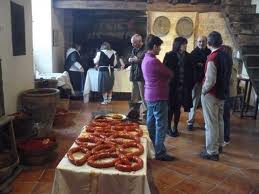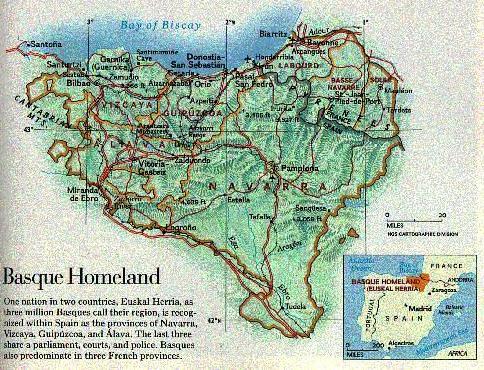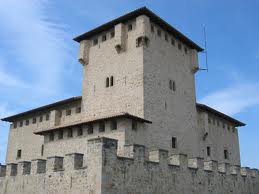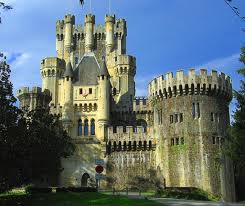By mid November climate changes and winter settles in the Basque Country. Then, in many “baserris“, Basque farm houses, people get ready for the celebration of the txarriboda, a centuries old event that was intended to assure the daily intake of food for the next few months. The baserritarras, of owners of the farm, call their friends and neighbours and settle a date for the txarriboda or pig slaughter. They choose the biggest one of their swines and feed him well in the weeks prior to the big day. It´s a big party for everyone, and kids are -usually- also (passive) spectators. The pig is laid down and the butcherer cuts his throat deep and long, blood spurting down into a bucket, where it´s collected to make the diverse pork products afterwards. Hairs are burnt with wooden sticks, pig is cleaned and “sanitized”. Men kill and cut the pig, women make the food.
Once the pig is dissected, cut in half, his blood collected…the feast of the preparation of food begins. Meanwhile, there may be music on the frontyard of the farm, and people dancing, and friends socializing having some drinks and food. There´s normally a big table and food and drinks are laid on it, so everybody enjoys the party. Morcillas (blood sausage with rice or vegetables), chorizo (red sausage, spicy or not), bacon, ribs, ham,…, everything is stuffed and made and then hung on to the ceiling on a fresh space to cure for a few weeks. Deliciously fresh, natural, preservative free…a real pleasure to your senses once they are cured enough to eat.
Of course, a veterinarian has certified the good health of the pig and of the products that are obtained from it…this is a modern society too, despite its centuries old traditions.
I wanted to include some videos, but as they may be hard on your eyes 🙂 you may just type Txarriboda on Youtube…